Eurozone PMI data for January showed cautious improvement, with PMI Composite rising from 49.6 to 50.2, a five-month high, signaling a return to marginal growth. Manufacturing PMI increased to 46.1, its highest in eight months, while services PMI slipped slightly to 51.4 but remained in expansion.
Germany led the improvement, with its PMI Composite climbing from 48.0 to 50.1, marking a seven-month high and a return to expansionary territory. Meanwhile, France lagged behind, with its PMI Composite increasing to 48.3 but remaining below the 50 threshold, indicating continued contraction.
Cyrus de la Rubia, Chief Economist at Hamburg Commercial Bank, described the data as “mildly encouraging.” He noted that the private sector had entered a phase of cautious growth, with reduced drag from manufacturing and moderate expansion in services. Germany’s strong rebound played a key role in offsetting the continued weakness in France.
Inflationary pressures, however, remain a concern ahead of next week’s ECB meeting. Input prices in manufacturing rose for the first time in four months, driven by a weaker euro and Germany’s increased CO2 tax. In the services sector, cost inflation persisted, largely due to higher wages. Selling prices in services also remained elevated.
Due to persistent inflation risks and the fragile state of the economy, ECB is likely stick to its gradual pace of cutting interest rates.
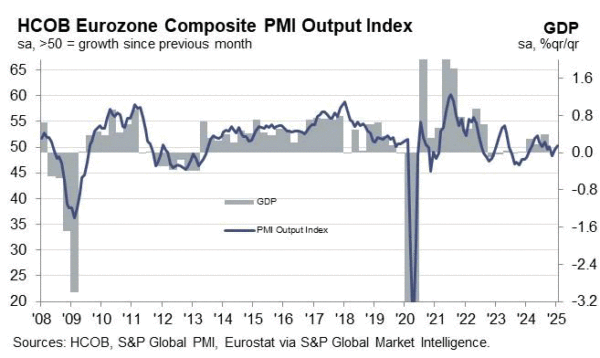
Full Eurozone PMI flash release here.



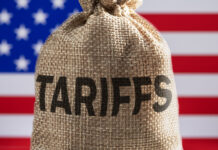
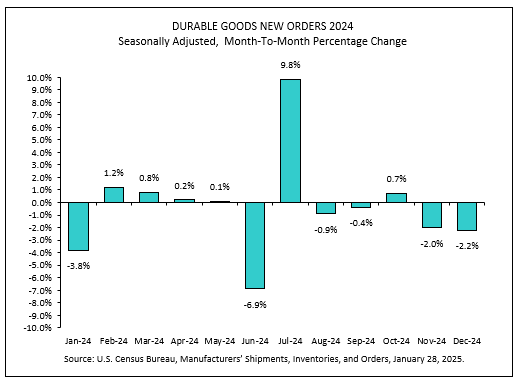
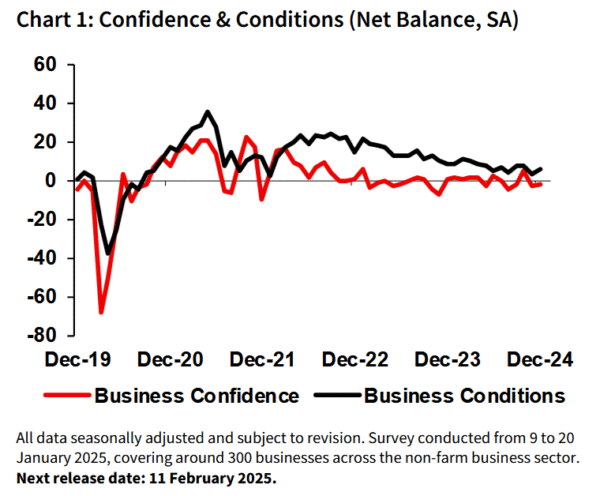
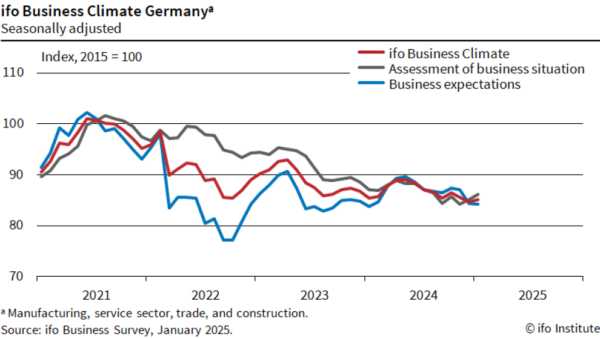
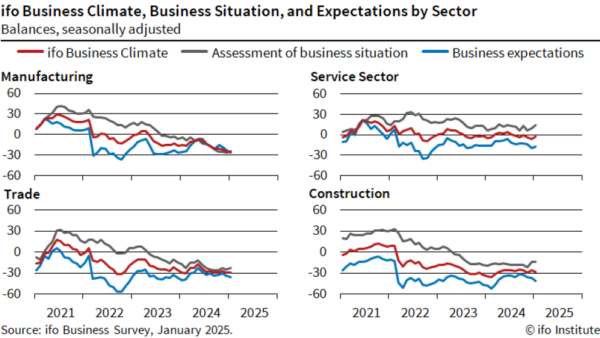
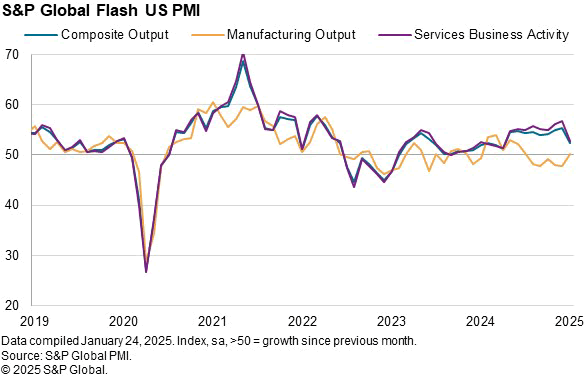










US consumer confidence falls to 104.1 as labor sentiment weakens
US Conference Board Consumer Confidence Index dropped to 104.1 in January, down from 109.5 and falling short of expectations at 105.7. Present Situation Index saw steep decline by -9.7 points to 134.3. Expectations Index fell by -2.6 points to 83.9, but remained above the critical recession signal threshold of 80.
Dana Peterson, Chief Economist at The Conference Board, noted that consumer confidence has been fluctuating within a relatively stable range since 2022. While January marked the second consecutive monthly decline, the index still falls within that range, albeit closer to its lower boundary.
Peterson added that consumers’ optimism about future business conditions and income also declined. Notably, December’s growing pessimism about future employment prospects was confirmed in January.
Full US consumer confidence release here.